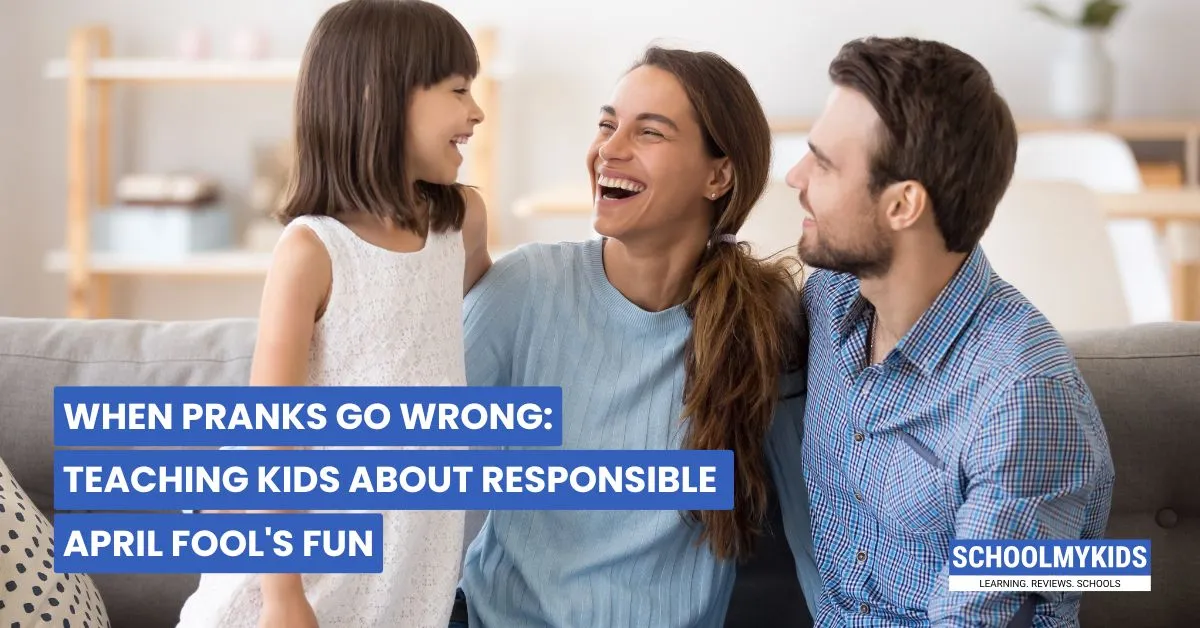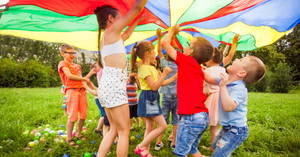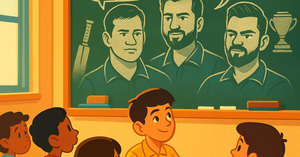April Fool's Day is a time for laughter, creativity, and mischief! There's something undeniably fun about a well-executed prank that leaves everyone laughing. But we've all seen those moments when jokes cross the line, leaving feelings hurt or even causing physical harm. So, how do we let our children enjoy this playful tradition while teaching them to prank responsibly?
The Joy of Good-Natured Pranks
Let's be clear – April Fool's Day can be absolutely delightful! Those moments of surprise followed by laughter create wonderful memories. Remember finding plastic spiders in your cereal bowl or discovering your shoelaces mysteriously tied together? These simple pranks bring families together through shared laughter.
Kids naturally love the element of surprise and the giggles that follow. Pranking is actually a form of creativity and social connection. When done thoughtfully, it teaches empathy, timing, and how to read social cues – all valuable skills for growing minds!
When Jokes Miss the Mark
We've all been there – what seemed funny in theory falls completely flat in execution. Maybe someone ended up in tears, or a friendship was strained. These moments happen because the line between funny and hurtful can be tricky for kids to navigate.
Pranks should be harmless, silly, and enjoyable for everyone involved. It’s important for kids to understand that pranking should never come at the expense of someone else’s feelings or safety.
Setting Boundaries That Don't Kill the Fun
Teaching responsible pranking isn't about removing the joy – it's about channeling it in ways everyone can enjoy! Here are some simple guidelines to share with your kids:
- The laughter rule: A good prank should end with EVERYONE laughing, including the person who was pranked.
- No property damage: Pranks should never break or ruin someone's belongings. That cool slime recipe is fun until it ruins Grandma's antique rug!
- Safety first: Any prank that could physically hurt someone is automatically off-limits.
- Know your audience: Some people love being pranked, while others really don't. Teaching kids to be mindful of who they're pranking shows respect.
- Quick cleanup: The best pranks don't create massive messes that others have to deal with.
Teaching Kids About Responsible Pranking
Kids often look up to adults for guidance on how to navigate social situations, including pranking. Here are some ways parents can teach their children about responsible April Fool's fun:
1. Discuss Intentions
Before April Fool's Day arrives, have an open conversation with your kids about why people prank others. Explain that the intention behind a prank should always be to spread joy and laughter—not discomfort or fear. Encourage them to think about how their actions might affect others.
2. Encourage Empathy
Teach your children the importance of empathy by asking them how they would feel if they were on the receiving end of a prank. This helps them understand the impact their actions can have on others and encourages them to think twice before executing a joke.
3. Create a Prank Plan Together
Involve your kids in planning their pranks! Sit down together and brainstorm ideas that adhere to your established guidelines. This not only makes them feel included but also allows you to guide them toward responsible choices.
4. Practice Communication Skills
Encourage your children to communicate their feelings regarding pranks—both as pranksters and as potential targets. If they ever feel uncomfortable with a prank being planned, they should feel empowered to speak up.
5. Model Responsible Behavior
As parents, it’s essential to model responsible behavior when it comes to pranking. Show your kids how to have fun while respecting others’ boundaries by sharing your own experiences with light-hearted jokes and explaining what went wrong in past situations.
What Happens When Pranks Go Wrong?
Despite our best intentions, sometimes pranks can go awry. Here are some common scenarios where things might not go as planned:
- Accidental Injuries: A seemingly harmless prank could lead to someone getting hurt—whether it’s tripping over something or slipping on a spilled drink.
- Hurt Feelings: A joke meant for fun can sometimes hit too close to home, leading to hurt feelings or embarrassment.
- Misunderstandings: Not everyone has the same sense of humor; what one person finds funny might upset another.
In these cases, it’s important for kids (and adults) to take responsibility for their actions. Teach them the importance of apologizing sincerely if a prank goes wrong, acknowledging any hurt caused, and learning from the experience.
Conclusion
The real secret to joyful April Fool's fun is remembering that pranks are meant to bring people together, not drive them apart. When we prank with kindness, considering others' feelings and boundaries, we create the kind of fun that everyone can enjoy. So, as April 1st approaches, have those conversations with your kids about pranking with care.








Be the first one to comment on this story.